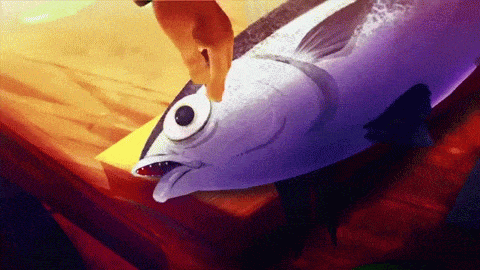https://kome-academy.com/en/roots/meat.html Washoku as a myth was haphazardly fabricated during Meiji Japan in an effort to entice the Japanese masses into militarization that the Western financed Meiji usurpers engineered to join the madness of Western powers for colonization of Asia. The Meiji planners obsessed with Westernization, however, were ashamed of the diminished stature of the Japanese […]
Tag: Japanese History
“If we eat hamburgers for a thousand years, we will become blond. And when we become blond we can conquer the world.” Since its inception as a civilization stylized as “Nippon” with a penchant for violently backwards feudalistic practices, Japan had the most peculiar unusual relationship with meat, perhaps the only country with a history […]
Since Chinese have been celebrating registration of an admittedly vague pao cai pickle “standard” by trying to claim kimchi is also a pao cai so the world will take notice and celebrate the Chinese, it seems Japanese felt left out. So an article came out for how Japanese eat baechu, or what Japanese call “hakusai.” The article […]
As previously explained, ancient pre-Meiji Japan did not have a widespread food culture based on rice. The food culture was so lacking due to the silent resignation of the populace to grow rice but live a riceless and meatless life. Boys were culled and girls raised to be sold off, things were that bad. So […]
— Korean 해물파전 haemulpajeon “seafood scallion pancake” How much Korean food did the Japanese appropriate as Japanese food? There is a backstory of this author who wrote the comprehensive research article below. Somehow, he found out about how the Japanese were treating ethnic Koreans in the city of Osaka. Upset by the injustice by the Meiji […]
Japan’s prized cat food trash fish bluefin tuna sushi craze! Reverse importing sushi from America to Japan can even be a research topic. The Japanese government went into reverse after the 2006 sushi police drive. Suddenly, strategically importing American abominations became a means to increase food ingredient consumption used in fusion sushi within Japan. Thus, […]
= Tempura came from Portuguese =
The Korean royal table setting is incredibly grand! Chopstick and spoon set on both sides of the huge bapsang with up to 12 banchan 반찬 side dishes! So, by the cheop/dishes setting, the grandness of Japanese washoku would be a barebones minimalist 3-cheop. Called Ichiju Sansai (一汁三菜), literally “one soup three dishes,” this is the […]
Japanese monkey hunters from Meiji to Hirohito Japan times While trying to figure out what the ancestral Japanese Jomon people actually were, research points out much of their stone age behavior is gleaned from the shell mound trash middens. Monkey bones are found indicating monkey meat being hunted by the Jomon. Jomon carvings were often […]
= Killer rice? =
Rice plays a big role in washoku presentation to make the world believe the Japanese always had a widespread traditional food culture based on rice. The washoku myth has its roots in Meiji Japan. Japanese culture was invented during Meiji Japan, but before then, rice consumption was too irregular to even become a common part of Japanese […]
= Rice was not a staple food =
Rice was never quite a staple to the Japanese commoners for hundreds if not perhaps thousands of years despite farming it to an extent. The rice growing methods and tools were poor, no widespread draught animals to rely upon, less caloric intake sustained less caloric physical output through overwhelmingly human labor, so that despite laboring in […]
